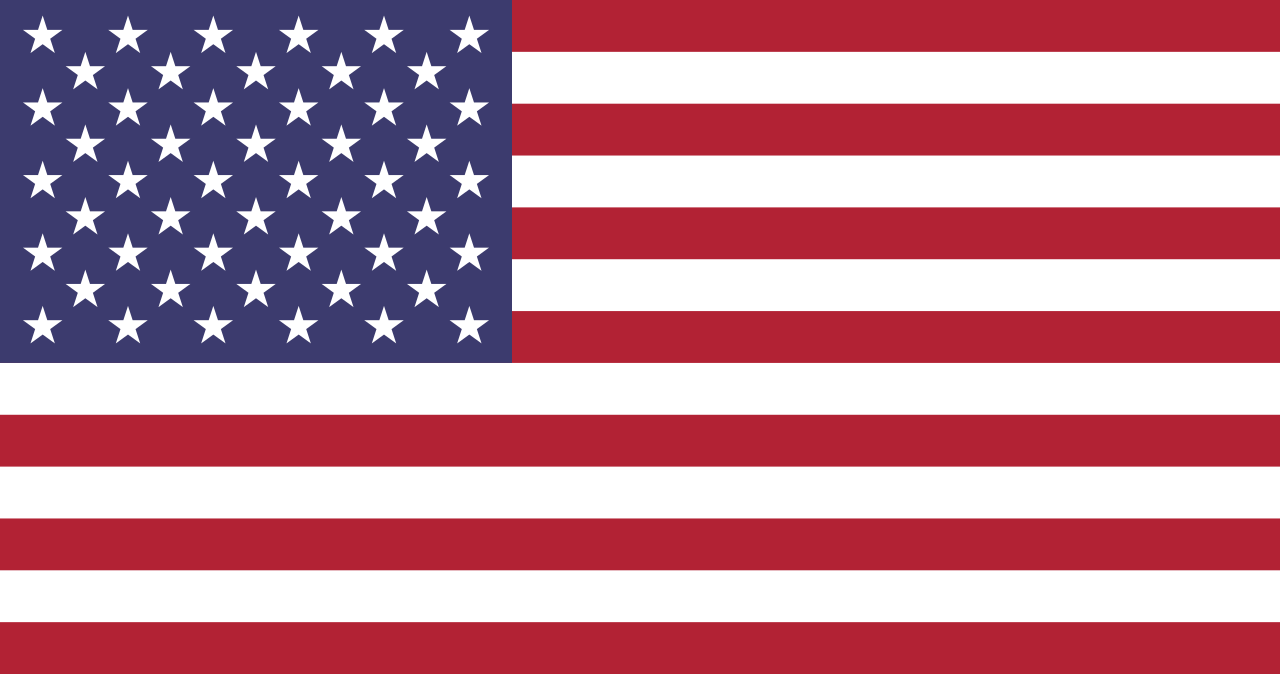
The Federal Government announced that it would withdraw health grants for schools that support MMJ for its students. The ongoing disparity between State and Federal laws regarding medical cannabis has created a negative outcome for students.
The Substance Abuse and Mental Health Services Administration (SAMHSA) discreetly introduced a new policy in 2019. This policy would bar any individual or organization from receiving federal grants if the are used to provide or promote medical cannabis.
The policy change from SAMHSA also stipulated that no federal funding can be provided to institutions that permit or promote medical marijuana use. This rule applies both to minors in elementary, middle school, and high school. It also affects colleges, universities, and trade schools.
Any organization that relies on federal funding but permits students who use medical marijuana to attend their institution, will be denied funding. This applies even to organizations that do not provide an official treatment program or educational supports for those students. This, many critics believe, will place students with legitimate medical needs at a disadvantage.
In States where medical cannabis is legalized, there are no obstacles for students who are licensed marijuana card carriers. Cannabis use is strictly controlled through doctor evaluation and ongoing supervision. It is understood that measures that promote health and wellness are necessary for state-approved medical conditions.
Students who are minors must access medical cannabis through a guardian or caregiver. Patients under the age of 18 years—and 21 years in some states—are subjected to stricter measures and are monitored by both a licensed medical practitioner and a parent or guardian.
Some educational institutions have a zero-tolerance regulation for medical cannabis on school property and at official events. Many states do not provide regulations regarding possession of medical marijuana for personal use on school grounds. They leave that determination to the specific county or school district.
As cannabis remains a Schedule I drug, that is a prohibited substance deemed to have no medical benefit. Other drugs included in this category include heroin, lysergic acid diethylamide (LSD), 3,4-methylenedioxymethamphetamine (ecstasy), methaqualone, and peyote.
The classification of marijuana as a Schedule I drug is inconsistent with growing clinical research into the health and wellness benefits of medical marijuana. States have responded with compassionate care legislation that allows patients to use medical marijuana. Patients must have a state-specific qualifying medical condition to become certified.
A survey released by Pew Research in November 2019, revealed that two-thirds of Americans support the medically-supervised use of cannabis for the treatment of physical and mental health disorders. Only 8% of the adults in the national survey were opposed to medicinal marijuana use.
The concern is that, by making medical marijuana programs available to students through health programs, the use of recreational marijuana and substance abuse for minors and young adults will increase. Thus, the Federal government will withdraw any grants related to MMJ healthcare.
In previous years, applications for grant funding through SAMHSA’s “Advancing Wellness and Resilience in Education” or AWARE program did not include language that disqualified states where medical marijuana is legalized, from receiving funds through the program. This restriction was however updated on the SAMHSA 2020 grant application page, which now states:
SAMHSA grant funds may not be used to: Directly or indirectly, purchase, prescribe, or provide marijuana or treatment using marijuana. Treatment in this context includes the treatment of opioid use disorder. Grant funds also cannot be provided to any individual who or organization that provides or permits marijuana use for the purposes of treating substance use or mental disorders.
https://www.samhsa.gov/sites/default/files/grants/pdf/2019_aware-sea_11.21.18.pdf
Other grant applications for different programs through SAMHSA are also impacted by the restriction. If schools permit the use of non-smokable medical marijuana on school property, they are ineligible for grant funds. The Americans for Safe Access reports that there are 12 states and Washington D.C. which currently allow students to access medical cannabis in schools. Other states with school medical marijuana policies will also be declined for funding through SAMHSA grants.
No Information on MarijuanaDoctors.Com should be used to diagnose, treat, prevent or cure any disease or condition. You can view our Full Disclaimer here.